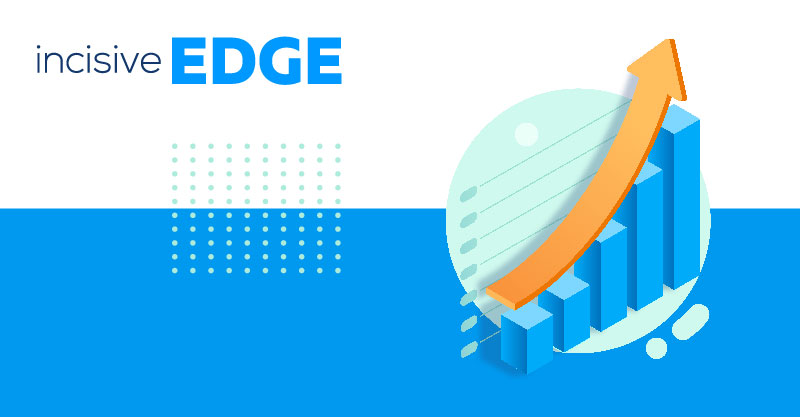Do you know what the secret is to launching a successful SaaS Sales Strategy?
No, it's not the engaging content.
Nor is it a big budget to promote it.
Although to be fair, we have to admit, having these two helps a lot.
But the real secret is knowing and understanding your target customers.
You see:
Having the insight about people you want to market your product to gives you an enormous power to always be relevant.
It allows you to create content that answers their specific questions. And then, position it exactly where they'll be looking for it at specific stages of their buying cycle to attract and move them deeper into your sales funnel.
But here's the catch:
To gain such insight you need to go beyond creating buyer personas based only on demographics data or job titles.
You need to focus on factors that confirm their fit, need but also willingness to buy your product.
That's exactly what we'll show you how to do in this article.
You'll learn how to develop buyer's journey personas guaranteed to boost your SaaS Sales.
But first…
Why You Have to Go Deeper into Buyer Personas Characteristics
The benefits of building buyer personas are clear:
They help you understand who exactly is buying your product. This, in turn, makes every aspect of your business communications easier.
On an interesting note, that's exactly what the majority of B2B marketers aim to achieve.
According to the Content Marketing Institute, 72% of them plan to focus on creating more engaging content. And 65% want to find ways to make their content more effective.
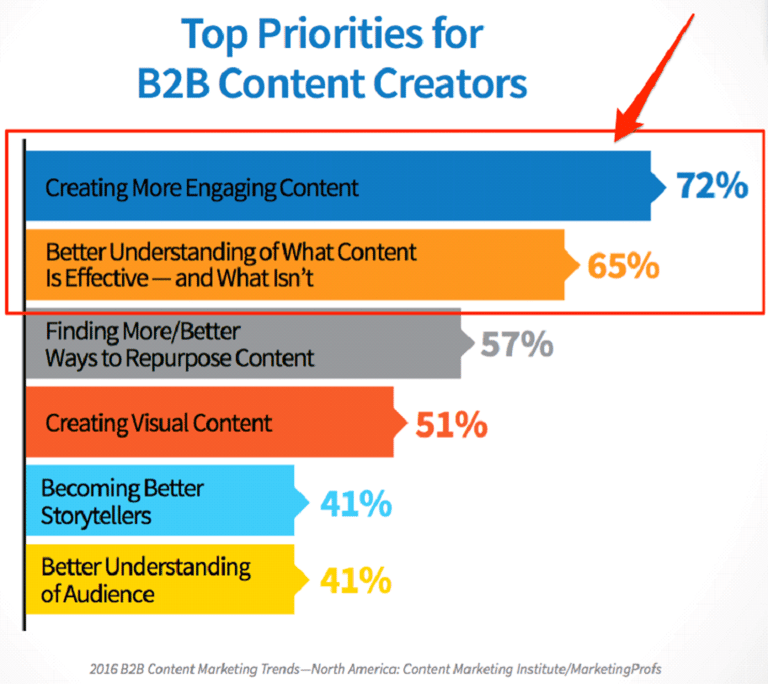
Buyer Personas also help to engage with customers on a more personal level, something many marketers struggle within their work.
60% of B2B marketers admit having trouble creating engaging content, with 57% of them can't tell if what they publish even works.
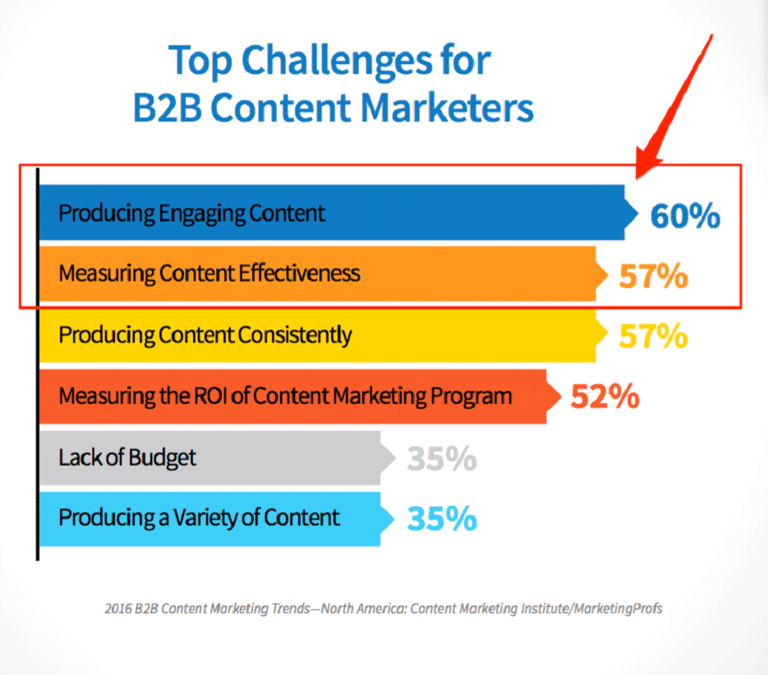
And they help build a better conversion funnel.
Knowing and understanding your prospective customers gives you the ability to tailor every step of your SaaS conversion funnel to their needs. And this typically means:
- Publishing advice your buyers desperately need
- Creating lead magnets that engage them
- Including relevant calls to action and landing pages that convert them
- Building a drip sequence that nurtures them and compels to try your product
But here's the catch:
Most marketers fail to expand their personas with the most relevant information:
Buyers' motivations for seeking out their product.
As Andrew Tate points in this fantastic article on PriceIntelligently:
“[…] most SaaS buyer personas don't go far enough—they're way too thin, with catchy names and some cool adjectives, but rarely going much beyond that. In the end, they can end up as an exercise in creativity rather than actually resulting in a written understanding of the customer that everyone can work off of.”
So how do you ensure that your buyer persona includes everything you need to know about them?
Here are 3 ways to do it:
1. Clone Your Most Engaged Users
Let's begin with the simplest option.
Leaving all the benefits aside, the main reason for building a buyer persona is simple - to describe to your team what a perfect user looks like.
You want to ensure that everyone knows exactly for whom they're building the product, whom they're creating the content for and what makes those people tick.
And you can create those buyer personas in one of the two ways:
Start with a blank page and slowly research and then, fill in all the information, until you have a buyer persona ready.
Or…
Look at the people who already make your SaaS startup possible – your most engaged existing users.
But before we take this any further, let's understand what the user engagement is.
Lincoln Murphy from Sixteen Ventures defined it this way:
“Engagement is when your customer is realizing value from your SaaS.”
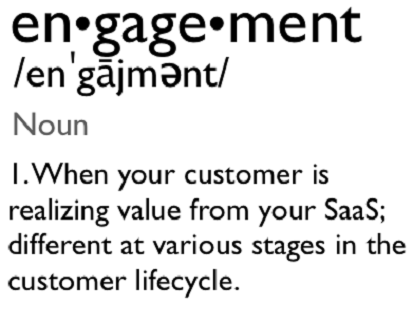 In other words, engagement doesn't equal just using the app, logging in regularly and performing certain actions.
In other words, engagement doesn't equal just using the app, logging in regularly and performing certain actions.
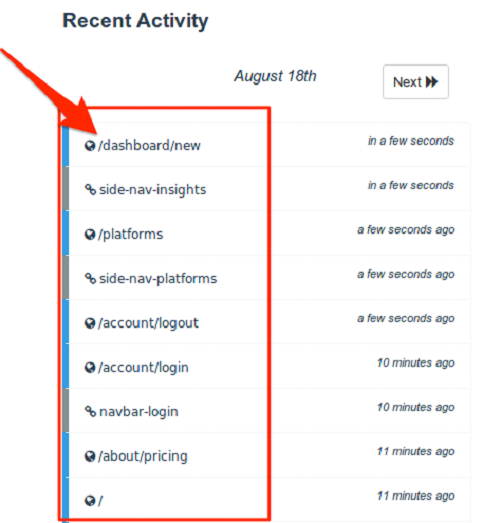
-
Engagement means understanding the benefits of performing those actions.
As Murphy explains:
“To measure engagement means understanding what will make the customer find success with your SaaS and ensuring they're moving along a path that is aligned with their definition of “success” both initially and over of their lifetime as a customer.”
And so, as the first step, you should define your user's engagement. And then:
- Identify those most engaged users
- Build their profiles
- Look for patterns and similarities, and use them to create buyer personas
2. Assess Your Buyer Persona’s Price Sensitivity
-
True:
Not every startup has enough engaged users to use as a foundation for building buyer personas – SaaS or no SaaS.
If you've only launched or started building targeted buyer persona before you can sell the product, then there's simply nothing to replicate.
But luckily, nothing's lost.
However, in this case, apart from focusing only on demographics and other data required to build a buyer persona, also add information about their willingness to pay for your product.
To do this, you might have to go beyond just looking at the data and talk to potential users. And intimidating as it might seem, you can contest the benefits of this knowledge.
How to assess potential users' willingness to pay:
Run surveys. By far, this is the most common method (although, as Barrett Thompson suggests, not the most ideal one).
You could also look at various market data if you can access any or conduct experiments aiming to reveal your persona's price sensitivity.
Leigh Caldwell, the author of The Psychology of Price, suggests a number of tests you could make:
- “Ask the person to place themselves in the shoes of a third party – for instance, to predict what their friend would do instead of what they would do.
- Give them some money and ask them to spend it on products in your category.
- Put them in a physical environment which is appropriate for the decision you want them to make and ask to rate products in your category.”
3. Verify Every Assumption with Data
Look:
It's so easy to assume your buyer persona's characteristics.
I'm sure you have an image of your ideal buyer in your mind.
But it's extremely hard though to get those assumptions right.
For example, since so many SaaS marketers obsess over A/B testing, it's easy to take that behaviour for granted. Particularly, if your product helps them increase their results.
But the chances are that they don't associate what you do with split testing. And as a result, don't think of what your product does when looking for conversion-related information.
Sure, publishing related information might bring them to your site.
But they won't be tuned into your offering anyway.
So, before you finalise your buyer persona, provide data to validate every assumption.
- This data could be anything:
- Insights from existing customers
- Support emails and live chat conversations
- Internal customer surveys
- 3rd party data
- Academic studies
- Industry reports
Try to find anything that could help you prove a particular assumption or characteristic true.
If you can, add it to your persona's characteristic.
But if you can't, then it's a clear signal that it's most likely an invalid assumption and you should ignore it.
It's that simple.
Conclusion
You can't underestimate the importance of creating different buyer personas when starting up your SaaS business.
Knowing and understanding your target customers will help you always be relevant, regardless of the media you use and the stage of the buying cycle you target.
For more information on how Incisive Edge can improve your SaaS, contact us today!









